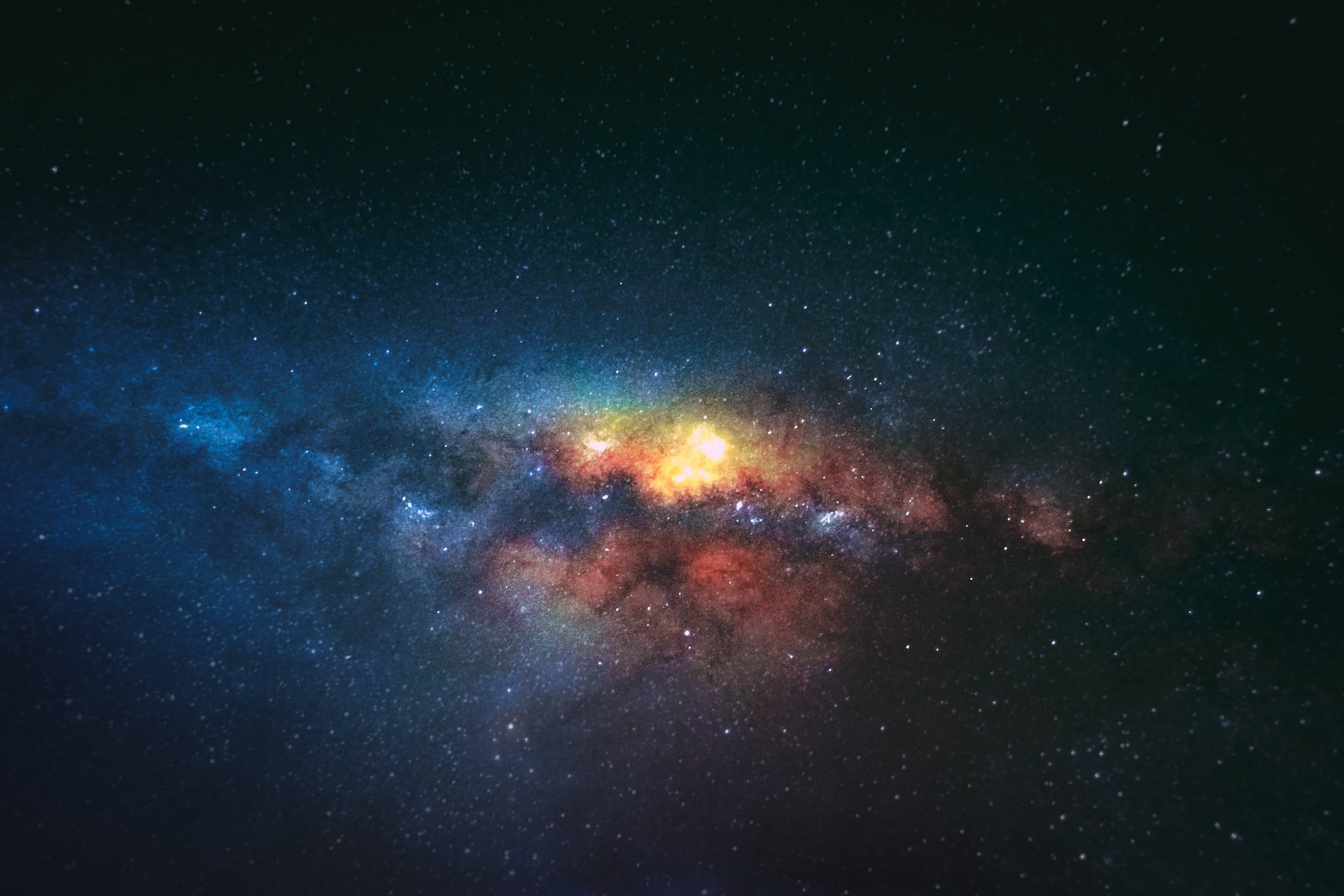The 5 Most Surprising Astronomical Discoveries Scientists Have Made

Astronomy has always been a field full of surprises, and over the years, scientists have made many remarkable discoveries that have changed our understanding of the universe. From the expanding universe to the Higgs boson, these discoveries have opened up new fields of study and have challenged our preconceptions about the world around us.
In this post, we’ve compiled a list of the 5 most surprising astronomical discoveries that scientists have made. These discoveries are chosen for their impact on our understanding of the universe, and they represent some of the most exciting and significant breakthroughs in the field of astronomy.
Whether you’re a science enthusiast or just curious about the world around us, these discoveries are sure to fascinate and inspire you. So, let’s dive in and explore some of the most surprising astronomical discoveries that scientists have made.
1. The Expanding Universe
One of the most surprising astronomical discoveries of all time is the fact that the universe is expanding. In the early 20th century, scientists such as Edwin Hubble observed that the light from distant galaxies was shifted towards the red end of the spectrum, indicating that they were moving away from us.
This led to the realization that the universe was not static, as previously believed, but was actually expanding outward.
The discovery of the expanding universe was a major breakthrough in our understanding of the cosmos, and it led to the development of the Big Bang theory, which explains the origin and evolution of the universe.
Today, scientists continue to study the expansion of the universe, using powerful telescopes and other instruments to measure the distances and velocities of distant galaxies.
2. Dark Matter
Another surprising astronomical discovery is the existence of dark matter. This mysterious substance, which makes up about 27% of the mass and energy in the universe, does not emit, absorb, or reflect light, which makes it invisible to telescopes and other instruments.
Despite its invisibility, scientists believe that dark matter is real because of the way it affects the behavior of visible matter, such as stars and galaxies.
Dark matter is thought to be made up of exotic particles that are unlike anything we know of on Earth, and scientists are still working to understand its properties and behavior.
The discovery of dark matter has opened up a whole new field of research in astronomy and has led to many other exciting discoveries.
3. Exoplanets
The discovery of exoplanets, or planets outside of our solar system, has been one of the most surprising and exciting astronomical discoveries of the past few decades.
Using a variety of techniques, such as the transit method and the radial velocity method, scientists have found more than 4,000 exoplanets so far, with many more expected to be discovered in the coming years.
The discovery of exoplanets has opened up a whole new field of study in astronomy and has led to the realization that our own solar system is just one small part of a vast and diverse universe.
Many of the exoplanets that have been discovered so far are very different from the planets in our own solar system, and scientists are working to understand their properties and the conditions that might make them suitable for life.
4. Cosmic Microwave Background Radiation
Cosmic microwave background radiation (CMB) is a faint glow of microwave radiation that fills the entire universe. This radiation was discovered in the 1960s by Arno Penzias and Robert Wilson, who were studying radio waves coming from space using a large antenna in New Jersey. They found that the antenna was picking up a faint, constant background noise that seemed to be coming from all directions.
The discovery of the CMB was a major breakthrough in our understanding of the universe, and it provided strong evidence for the Big Bang theory. Today, scientists continue to study the CMB, using it to learn more about the early universe and the conditions that existed shortly after the Big Bang.
5. The Higgs Boson
The Higgs boson, also known as the “God particle,” is a subatomic particle that was discovered in 2012 by the Large Hadron Collider (LHC) at CERN, the European Organization for Nuclear Research. The Higgs boson is named after physicist Peter Higgs, who proposed its existence in the 1960s as a way to explain why other particles have mass.
The discovery of the Higgs boson was a major milestone in the field of particle physics, and it confirmed the existence of the Higgs field, a field of energy that permeates all of space and gives mass to particles that interact with it. The Higgs boson is an important piece of the puzzle in our understanding of the fundamental nature of matter, and its discovery has opened up many new avenues of research in physics and astronomy.
These are just a few examples of the most surprising astronomical discoveries that scientists have made over the years. From the expanding universe to the Higgs boson, these discoveries have changed our understanding of the cosmos and opened up new fields of study in science. As we continue to explore the universe and make new discoveries, it’s clear that there is much more to learn about the world around us.
Hashtags
#astronomy #astrophysics #cosmology #universediscoveries #astronomicaldiscoveries #cosmicmysteries #universemysteries #astronomyfacts #cosmicfacts #universefacts #astronomyeducation #cosmiceducation #universeeducation #astronomyknowledge #cosmicknowledge #universeknowledge #astronomyenthusiasts #cosmicenthusiasts #universeenthusiasts #astronomycommunity #cosmiccommunity #universecommunity
You can use these hashtags when sharing this post on social media.
If you enjoyed this article, don’t forget to share it with your friends on social media, and don’t forget to subscribe to our YouTube channel.





